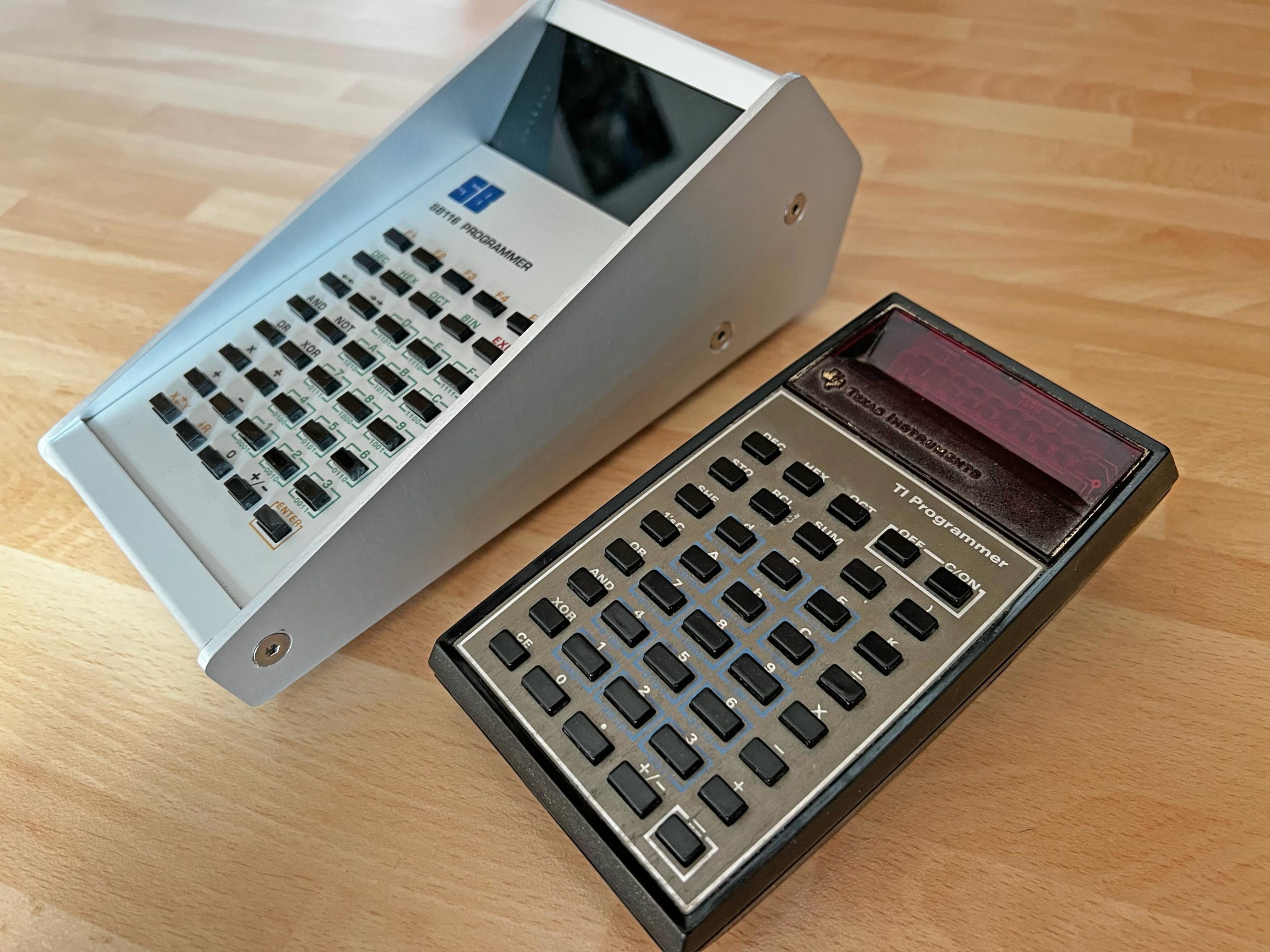The dawn of synthetic milk: when milk looks more like beer
What would we do without milk in modern society? Although lactation originally evolved as a means of providing a newborn mammal with nutrients and other essentials during the first few weeks of life, milk has been a staple food for thousands of years. in human cultures. Whether it's cows, camels, sheep or other mammals, humans consume many liters of this mythical substance every year, whose name for our galaxy, the Milky Way, comes from Greek mythology and from a spilled milk accident.
A major problem with mammalian milk, however, is that it is only produced by females for a certain time after giving birth, for example requiring a dairy cow to constantly go through pregnancies, which is both heavy and not very animal. friendly. At the same time, the newborn offspring cannot drink this milk, but must have an alternative. For these reasons, synthetic milk is becoming an increasingly popular alternative that is animal and environmentally friendly.
For years, companies such as U.S.-based Perfect Day have been producing milk that is for all intents and purposes identical to cow's milk, with the added benefit of being free of lactose and other problematic additions. The best part of it all? Everything is done with existing fermentation techniques.
Sparkling about fermentationProducing protein cheaply and efficiently was one of the triumphs of the 20th century, with successes such as insulin, the hepatitis B vaccine, and chymosin all produced using of an industrial fermentation that uses recombinant DNA with bacteria, yeasts and fungi. These single-celled organisms are grown in bioreactors where they absorb nutrients from their surroundings and use them to create the proteins that are encoded in the newly inserted DNA. Once enough of these proteins are created, the contents of the bioreactor are sent to be lysed. This breaks down the cells, releasing the intracellular proteins for further processing.
Originally, replacement insulin for diabetic patients was extracted from animals. Since the 1980s, modified E. Coli bacteria now produce almost all of the world's insulin supply. Likewise, chymosin is a key component of rennet, the collection of enzymes essential for the production of cheese and related products. Originally, this substance was usually extracted from the stomachs of veal calves, but thanks to recombinant DNA, bacteria can also produce this enzyme. Today, over 95% of the cheese produced in the United States uses rennet from bacterial sources.
Recombinant hepatitis B vaccine made from modified yeast has replaced blood-derived vaccines, and in recent years Impossible Foods has made waves with its use of modified yeast that produces leghemoglobin . This is similar to hemoglobin found in animals and is in addition to this company's meat-like products like its Impossible Burger.
When it comes to industrial fermentation, we distinguish several types:
Biomass production Extracellular metabolites (e.g. alcohols) Intracellular metabolites (proteins) Substrate transformationThe fermentation process as we know it from brewing beer, creating wine, bread, yogurt and other types of fermented foods is the second (extracellular) type. Sugars are used by microorganisms and converted into alcohols, acids, and other target chemicals that change the properties of raw materials into the desired product. In the case of insulin, vaccines and other types of protein production, we use the third type, with the intracellular production of the desired protein.
In order to apply the same approach to synthetic milk, we need to identify the protein(s) so that a coding DNA sequence can be inserted into a microorganism.
Animal Free Milk ProteinMilk is defined as an emulsion of fat globules in a water-based liquid, containing carbohydrates, proteins, vitamins and minerals. The proteins present in milk are both the

What would we do without milk in modern society? Although lactation originally evolved as a means of providing a newborn mammal with nutrients and other essentials during the first few weeks of life, milk has been a staple food for thousands of years. in human cultures. Whether it's cows, camels, sheep or other mammals, humans consume many liters of this mythical substance every year, whose name for our galaxy, the Milky Way, comes from Greek mythology and from a spilled milk accident.
A major problem with mammalian milk, however, is that it is only produced by females for a certain time after giving birth, for example requiring a dairy cow to constantly go through pregnancies, which is both heavy and not very animal. friendly. At the same time, the newborn offspring cannot drink this milk, but must have an alternative. For these reasons, synthetic milk is becoming an increasingly popular alternative that is animal and environmentally friendly.
For years, companies such as U.S.-based Perfect Day have been producing milk that is for all intents and purposes identical to cow's milk, with the added benefit of being free of lactose and other problematic additions. The best part of it all? Everything is done with existing fermentation techniques.
Sparkling about fermentationProducing protein cheaply and efficiently was one of the triumphs of the 20th century, with successes such as insulin, the hepatitis B vaccine, and chymosin all produced using of an industrial fermentation that uses recombinant DNA with bacteria, yeasts and fungi. These single-celled organisms are grown in bioreactors where they absorb nutrients from their surroundings and use them to create the proteins that are encoded in the newly inserted DNA. Once enough of these proteins are created, the contents of the bioreactor are sent to be lysed. This breaks down the cells, releasing the intracellular proteins for further processing.
Originally, replacement insulin for diabetic patients was extracted from animals. Since the 1980s, modified E. Coli bacteria now produce almost all of the world's insulin supply. Likewise, chymosin is a key component of rennet, the collection of enzymes essential for the production of cheese and related products. Originally, this substance was usually extracted from the stomachs of veal calves, but thanks to recombinant DNA, bacteria can also produce this enzyme. Today, over 95% of the cheese produced in the United States uses rennet from bacterial sources.
Recombinant hepatitis B vaccine made from modified yeast has replaced blood-derived vaccines, and in recent years Impossible Foods has made waves with its use of modified yeast that produces leghemoglobin . This is similar to hemoglobin found in animals and is in addition to this company's meat-like products like its Impossible Burger.
When it comes to industrial fermentation, we distinguish several types:
Biomass production Extracellular metabolites (e.g. alcohols) Intracellular metabolites (proteins) Substrate transformationThe fermentation process as we know it from brewing beer, creating wine, bread, yogurt and other types of fermented foods is the second (extracellular) type. Sugars are used by microorganisms and converted into alcohols, acids, and other target chemicals that change the properties of raw materials into the desired product. In the case of insulin, vaccines and other types of protein production, we use the third type, with the intracellular production of the desired protein.
In order to apply the same approach to synthetic milk, we need to identify the protein(s) so that a coding DNA sequence can be inserted into a microorganism.
Animal Free Milk ProteinMilk is defined as an emulsion of fat globules in a water-based liquid, containing carbohydrates, proteins, vitamins and minerals. The proteins present in milk are both the
What's Your Reaction?















![Three of ID's top PR executives quit ad firm Powerhouse [EXCLUSIVE]](https://variety.com/wp-content/uploads/2023/02/ID-PR-Logo.jpg?#)







